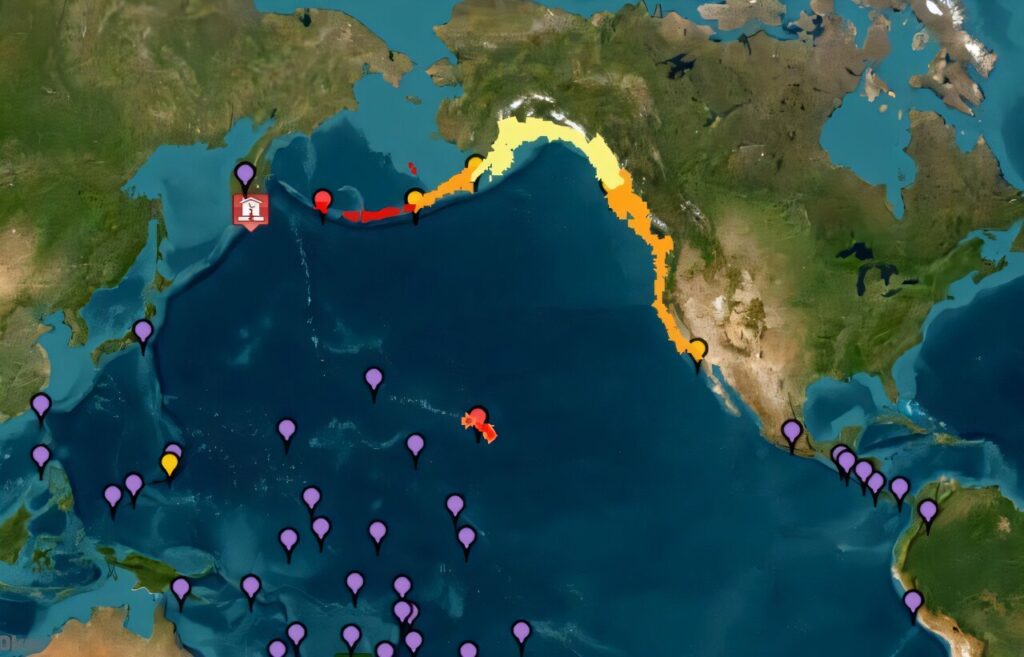Millions of residents across the Pacific Rim have returned home after tsunami warnings were lifted in the aftermath of one of the strongest earthquakes recorded in recent history. The magnitude 8.8 quake struck off Russia’s Kamchatka Peninsula on Wednesday, prompting widespread alerts across more than a dozen nations, including Japan, the United States, and Ecuador.
Initial fears of devastating tsunami waves reaching up to four meters (12 feet) triggered mass evacuations and widespread disruptions. In Japan alone, nearly two million people were urged to seek higher ground, while Peru preemptively closed over 60 Pacific ports. Authorities in Hawaii’s Maui island also canceled flights, reflecting the gravity of the warnings.
Despite the concerns, most nations reported minimal impact. Chile executed what officials called the largest evacuation in the country’s history, relocating 1.4 million people to safety. Thankfully, the waves that reached Chile’s northern coast were just 60 centimeters high, causing no damage or injuries.
In Ecuador’s Galapagos Islands, predicted three-meter waves failed to materialize, with only a mild one-meter surge reported. Residents breathed a sigh of relief and resumed daily activities, reopening businesses and welcoming tourists back.
Tragically, Japan reported the only fatality when a woman attempting to flee drove off a cliff. Seismologists there continued to urge caution as minor wave activity persisted along the coast.
The worst of the damage occurred in Severo-Kurilsk, Russia, where a tsunami surge overwhelmed a fishing plant and swept debris inland. Russian officials confirmed buildings were destroyed, and waves reached as far as a World War II monument 400 meters from shore.
The earthquake, the strongest in the Kamchatka region since 1952, also triggered the eruption of the nearby Klyuchevskoy volcano. Authorities now warn of continued seismic activity, with aftershocks up to 7.5 magnitude likely in the coming days.
While the disaster’s full impact was ultimately less than feared, the event served as a sobering reminder of the Pacific Rim’s vulnerability to seismic threats and the importance of rapid-response emergency systems.

